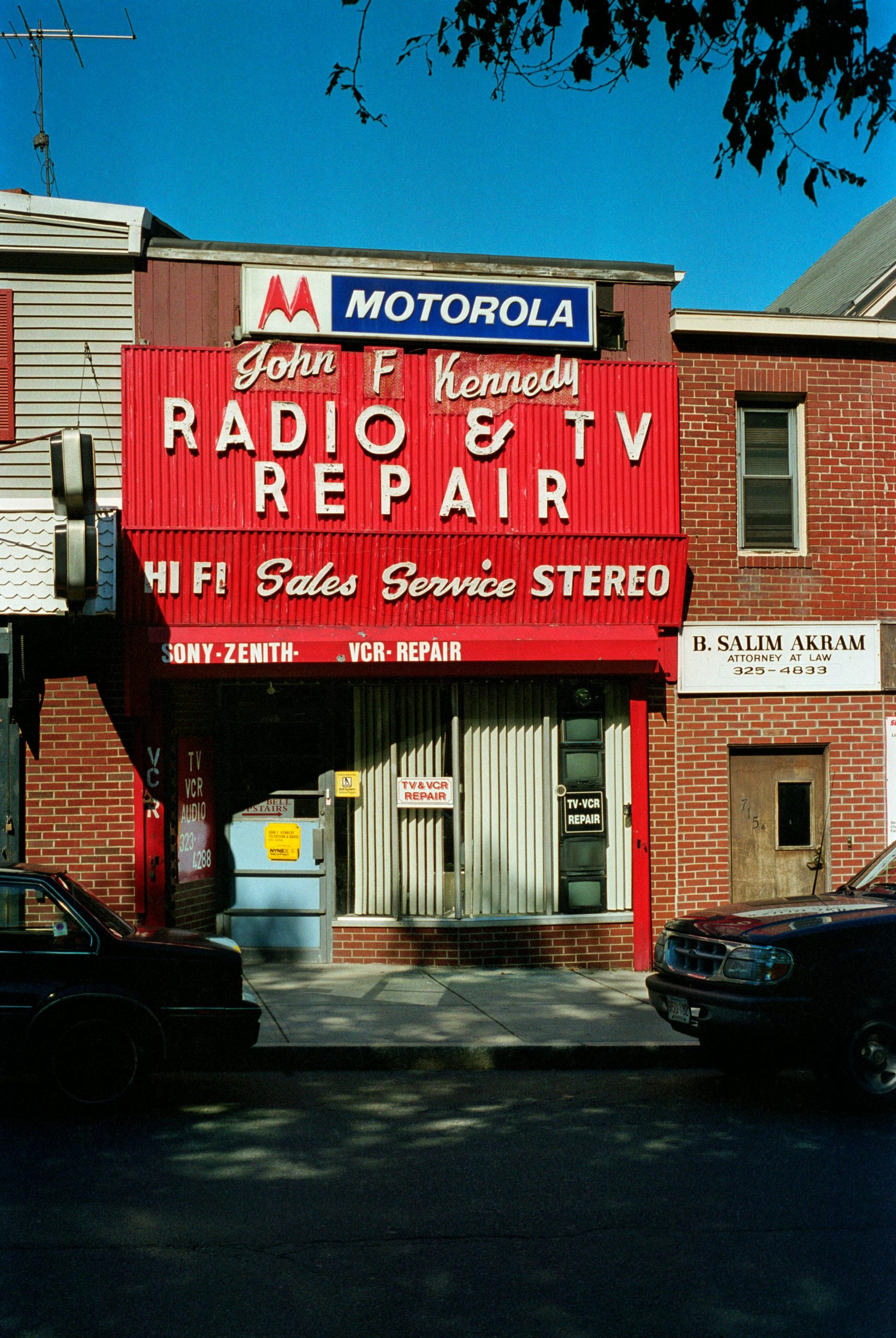Theme developers often employ several strategies to compress hero images without sacrificing quality. Here are some key techniques:
File Format Selection: Choosing the right file format is crucial. PNG is great for images with transparency and sharp lines, while JPEG is preferable for photographs due to its lossy compression that can significantly reduce file size. WebP is also gaining popularity as it provides superior compression compared to both JPEG and PNG.
Image Resolution: Developers often resize images to the optimal display size for their website. By ensuring that the image dimensions match the intended display size, they avoid unnecessarily large files that slow down loading times.
Compression Tools and Algorithms: They use various tools and algorithms to compress images. Tools like TinyPNG, ImageOptim, and Adobe Photoshop offer options for reducing file size without a noticeable loss in quality. These tools typically alter the image’s metadata and reduce color depth, which can lead to significant file size reductions.
Responsive Images: Implementing responsive images using HTML5’s
Lazy Loading: By utilizing lazy loading techniques, developers ensure that hero images only load when they are in the viewport, which can enhance perceived performance and reduce initial page load times.
CSS Sprites: In some cases, combining smaller images into a single sprite sheet can reduce HTTP requests, improving overall loading times.
Content Delivery Networks (CDNs): Using CDNs to serve images ensures that images are delivered from servers closest to the user, which can improve loading speeds even if the file size is larger.
By employing these techniques, theme creators can effectively optimize hero images for quicker load times and better user experiences while maintaining a visually appealing interface.


One response to “How do theme developers compress hero images effectively?”
Great insights on image compression strategies! I’d like to add a couple of points that could further enhance the discussion.
First, it’s important to consider the impact of color profiles on image size and quality. For example, many developers overlook the default color profiles embedded in images, which can increase file sizes without any visual benefit. Ensuring that images are saved in sRGB without unnecessary profiles can save a few extra kilobytes, which adds up significantly when you have multiple images loading on a page.
Additionally, while WebP is indeed a powerful option due to its superior compression capabilities, it’s crucial to implement fallback formats for browsers that do not support WebP. Tools and plugins that automatically convert images into multiple formats can save developers the hassle of managing multiple versions manually, ensuring all users have the best experience regardless of their browser.
Lastly, I’d like to emphasize the importance of regularly auditing images as part of a site’s ongoing maintenance. Sometimes, over time, new images can be uploaded without the same compression techniques being applied. Keeping an eye on image performance ensures that the site remains optimized and provides the best possible user experience.
Thanks for sharing such a valuable post! Optimizing hero images can indeed lead to better performance metrics while maintaining visual appeal.